PM 1/72 Fokker D.XXI
The origins of the D.XXI can be traced back to the end of 1934, when Fokker submitted design proposals to the Nederlandse Luchtvaartafdeling (Dutch Army Aviation Group) for a low-wing monoplane fighter that would feature an entirely enclosed cockpit.
With the contract for a single evaluation machine signed soon after the design submission, the prototype was ready roughly a year later. Designated FD-322 and instead powered by a radial Bristol Mercury VI-S engine, driving a three-blade, two-pitch propeller, it performed its maiden flight at Welschap Airfield, Eindhoven, on 27 March 1936.
Nevertheless, the potential that the prototype exhibited and the prospect of foreign sales after interest expressed by the Finnish Air Force and others (ultimately the Finnish Air Force became the primary user of the type), seemed, together with possibly other factors, to favor the little Fokker and an approval (with the follow-on funding) for a limited expansion of the Luchtvaartafdeling that was given by the Dutch government resulted in an order for 36 D.XXIs.
The machine itself was a well designed fixed undercarriage low-wing monoplane of a mixed construction, including welded steel tubing, fabric, wood and aluminum, more or less following the standard Fokker design practices of the period.
The first of the 36 Luchtvaartafdeling D.XXI conducted its first flight on 20 July 1938, with the final aircraft delivered on 8 September 1939. Upon entering service, the type represented a significant leap forward for the Dutch Army Aviation Group, whose fighter force had until that time consisted of aging biplanes with open cockpits. The new Fokker quickly proved to be an extremely sturdy aircraft, being capable of attaining a speed of 700 km/h in a dive!
During the short lasting Dutch/German conflict where the numerically superior Nazi Germany invaded The Netherlands, the 28 machines that whereby that time operational gave a good account of themselves, escorting Fokker T.V bombers, intercepting and shooting down Ju 52 transports, escorting friendly units and flying in the search-and-destroy role.
Whereas the numerical superiority of the Luftwaffe finally led to the destruction of most D.XXIs during the short campaign, the slower and lightly armed but more maneuverable Fokker managed not only to hold its own to a good degree against its main opponent, the Bf 109, but also to follow the Stuka into its dive, something that few fighters could do. Of the 38 victories scored by the Nederlandse Luchtvaartafdeling against the Luftwaffe, 16 of those went to the brave Fokker D.XXI pilots.
PM came in 1990 (as Pioneer back then) with their simple yet neat 1/72 D.XXI kit, regularly reissuing it ever since (interestingly, even under Matchbox brand in 1995). The subject kit is the 2020 edition and was a gift from my good friend John vd Biggelaar @johnb, handed to me upon visiting him in The Netherlands last summer. A nice kit with some scratch building involved.
Should you wish to read the full build review, you might do so by visiting my beloved site Modelingmadness:
https://modelingmadness.com/review/allies/dutch/pend21.htm
Happy Modelling!
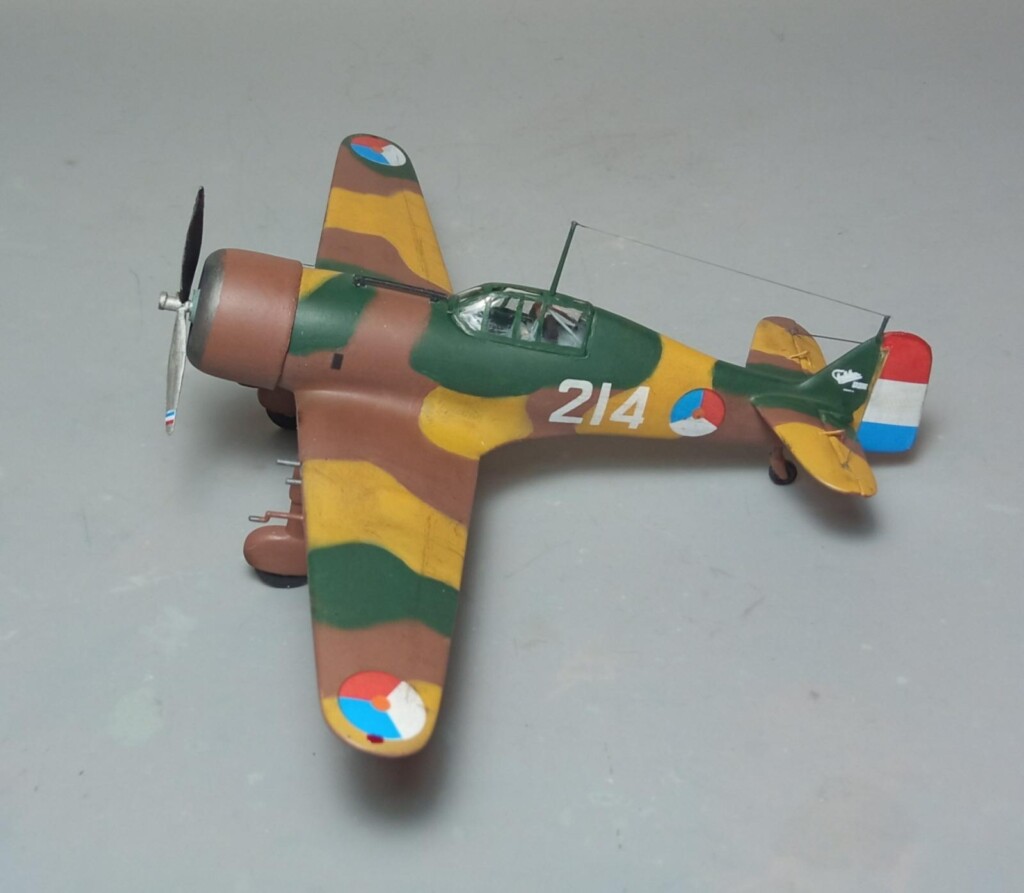
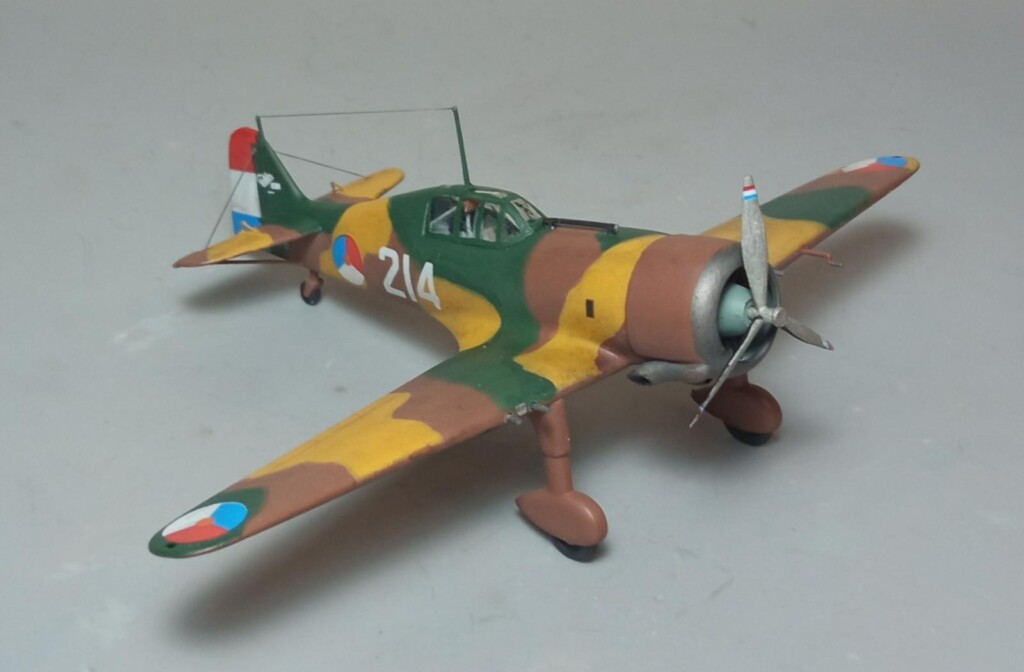
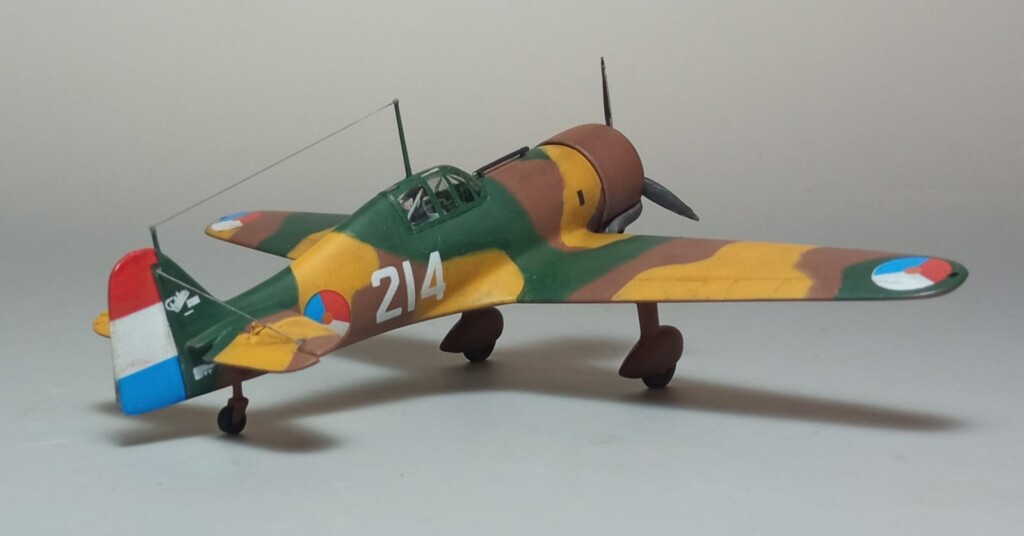
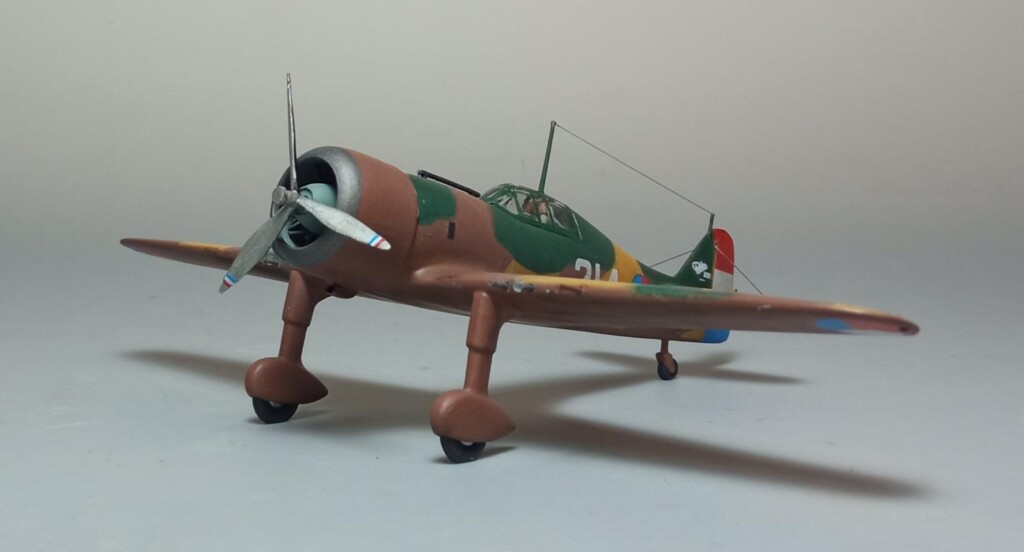
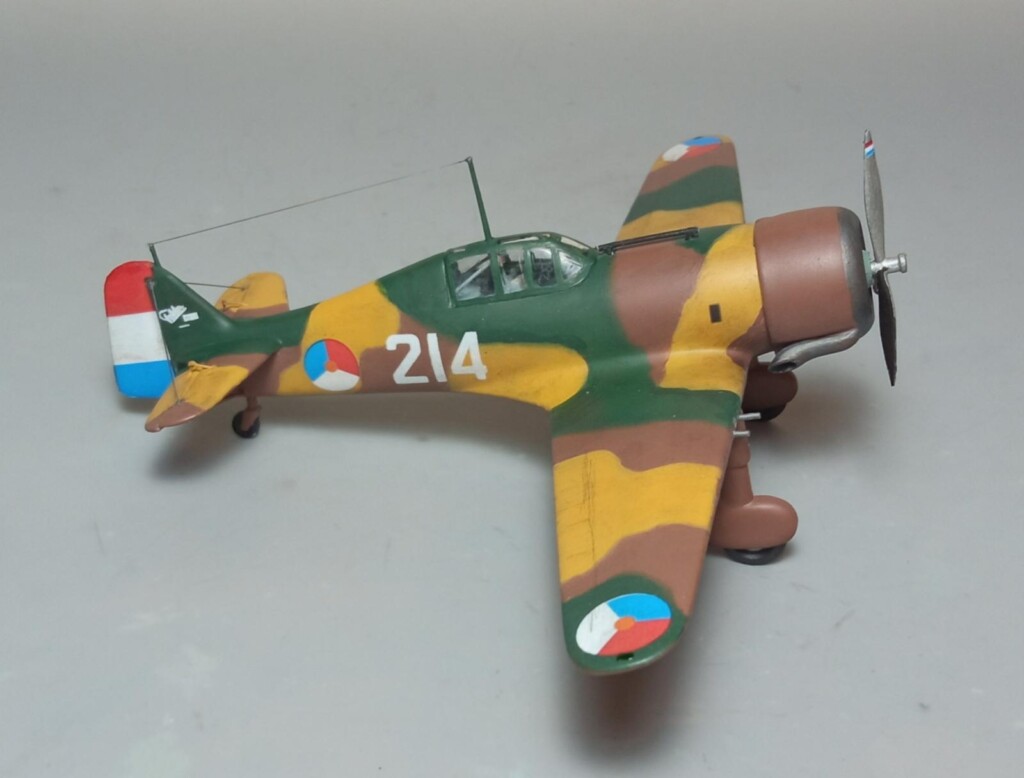
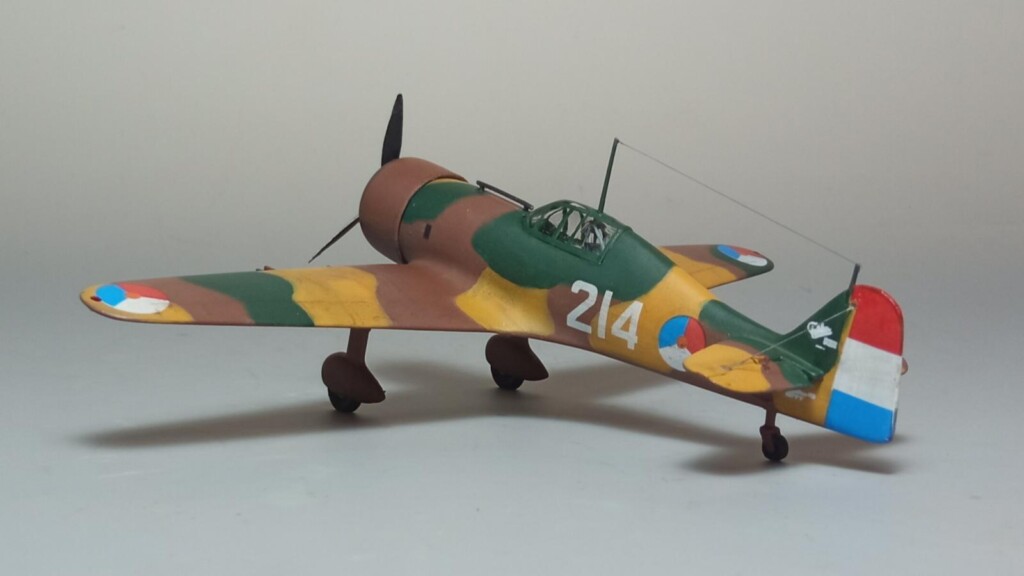
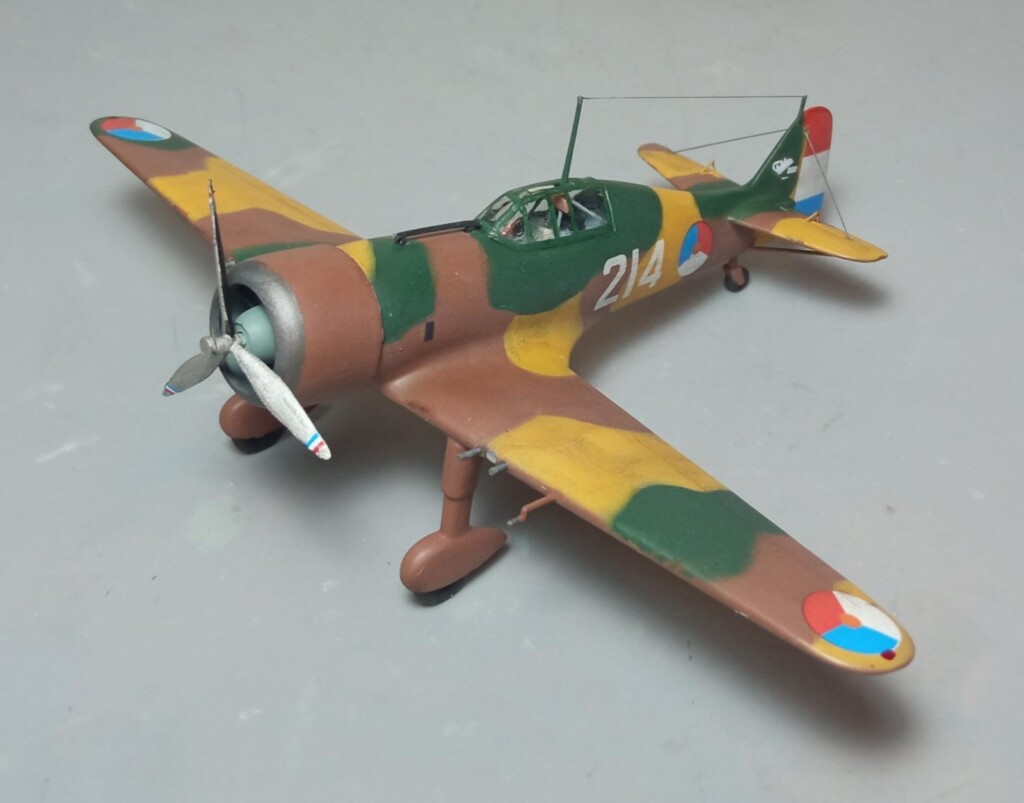
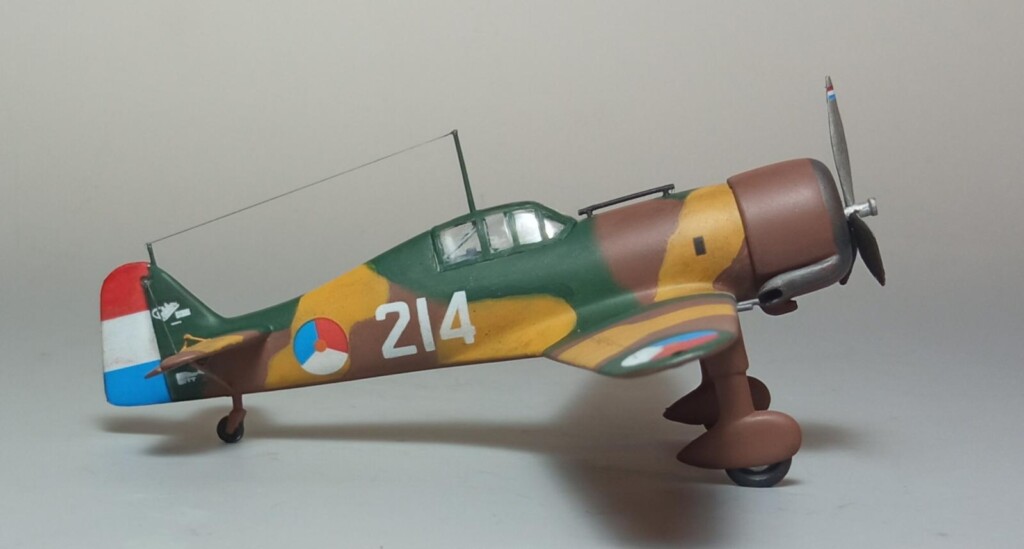
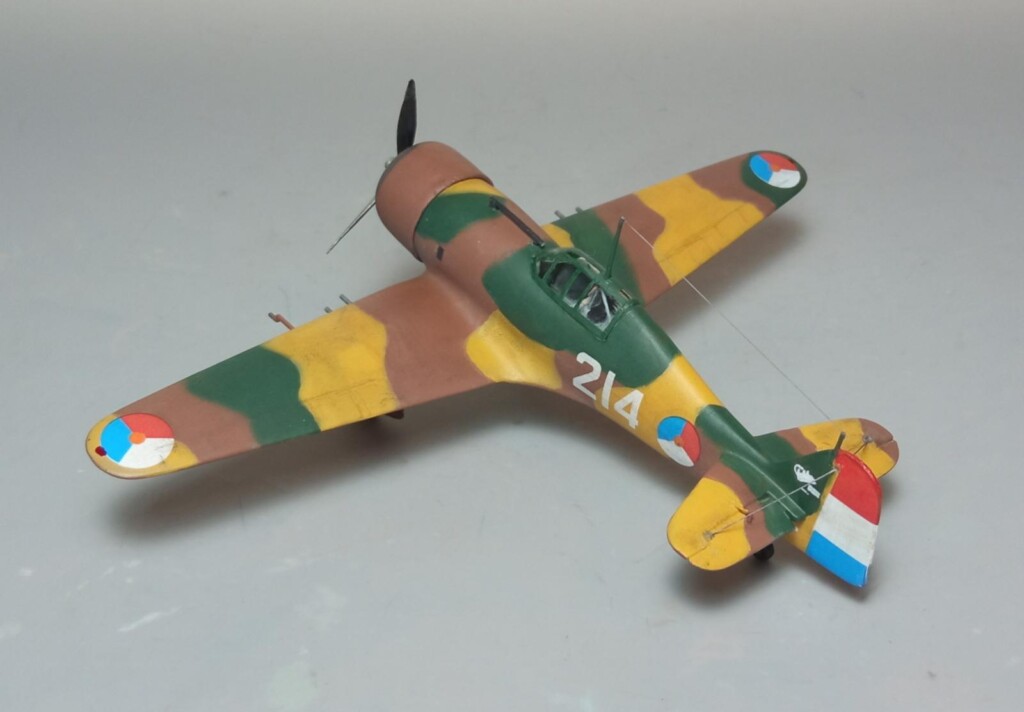
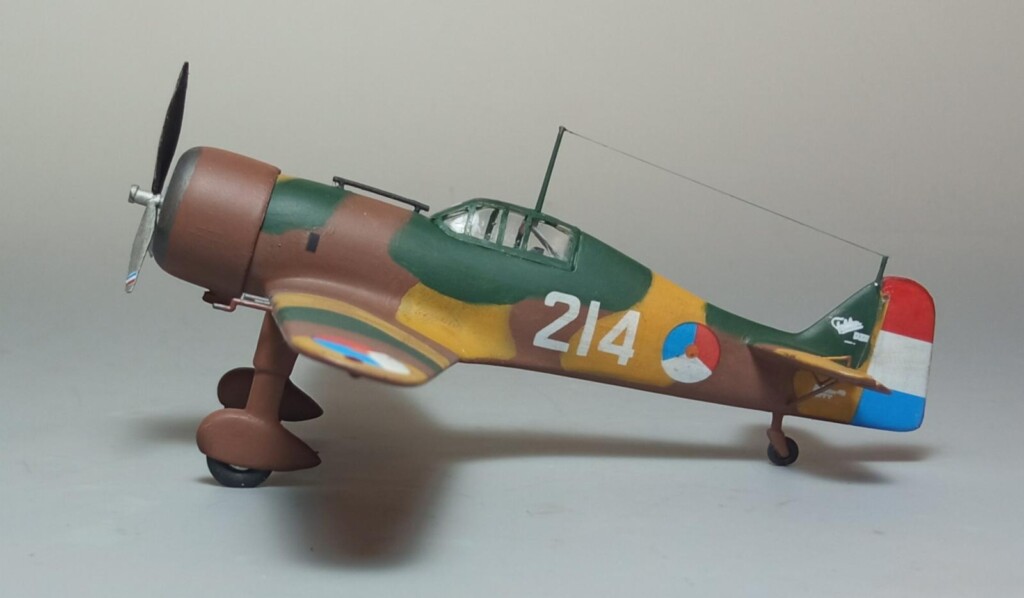
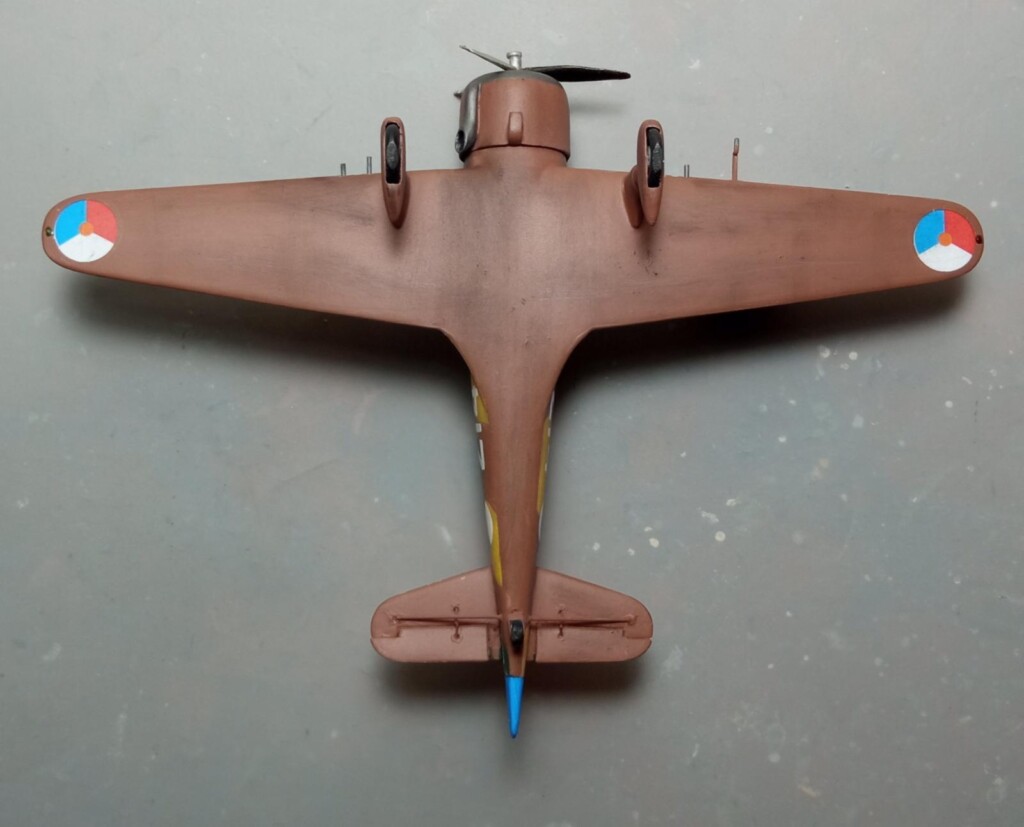
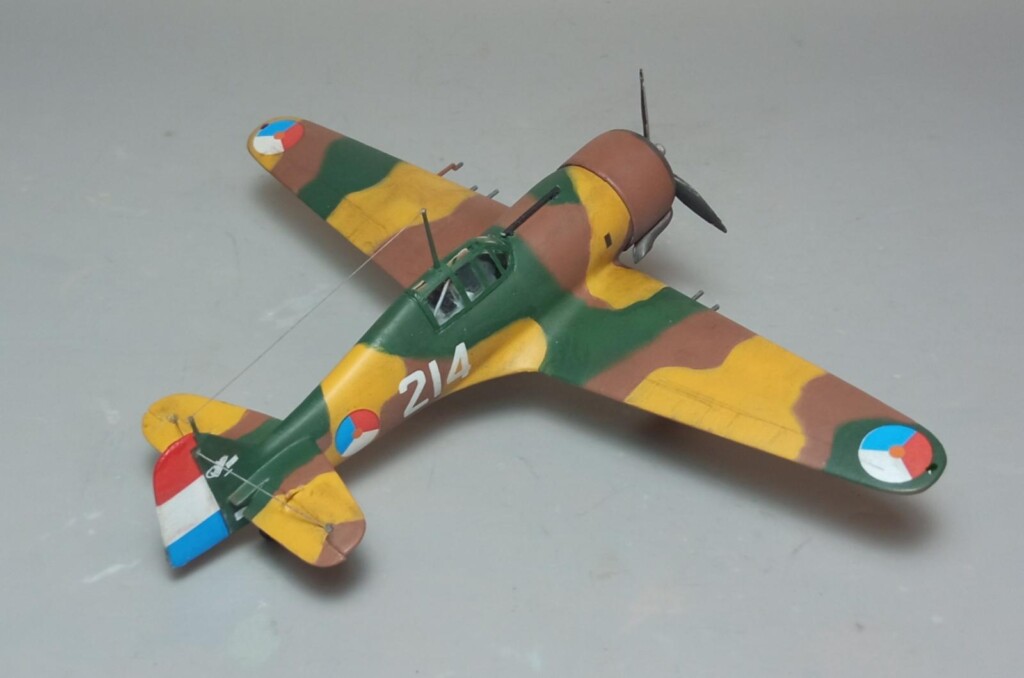
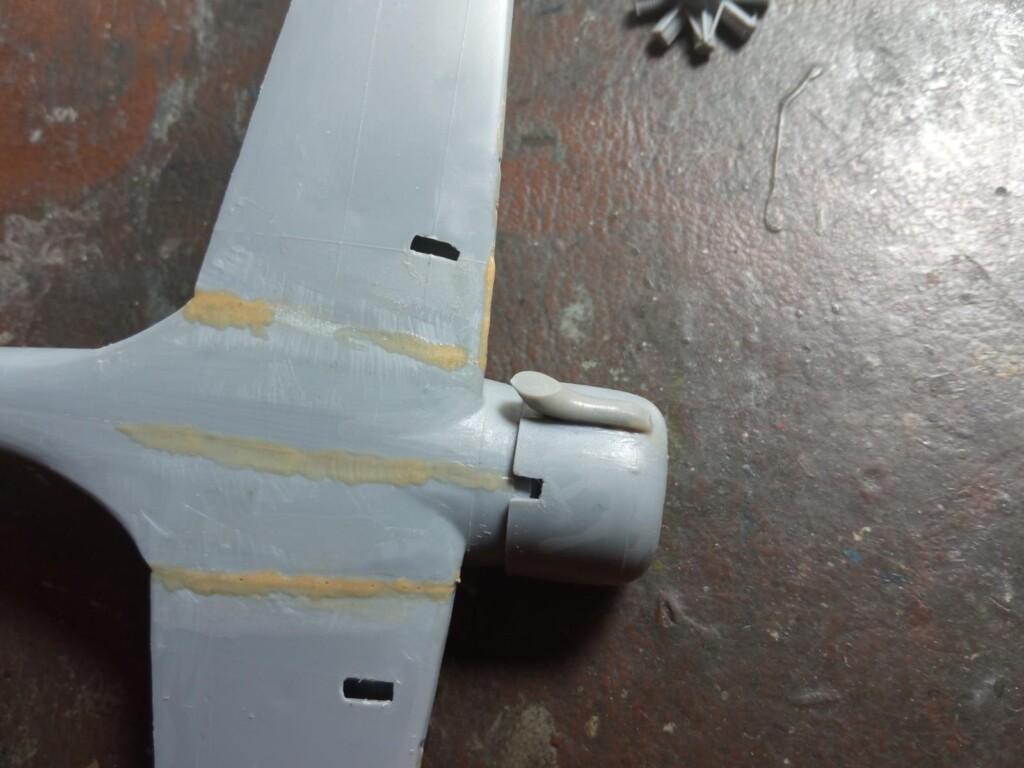
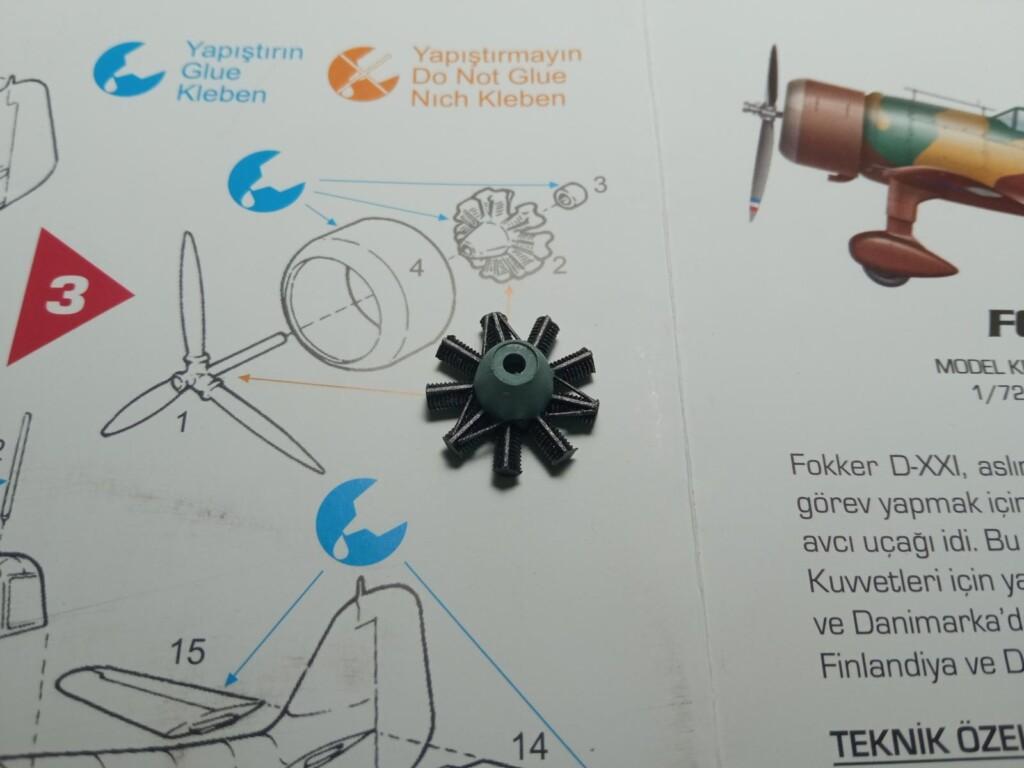
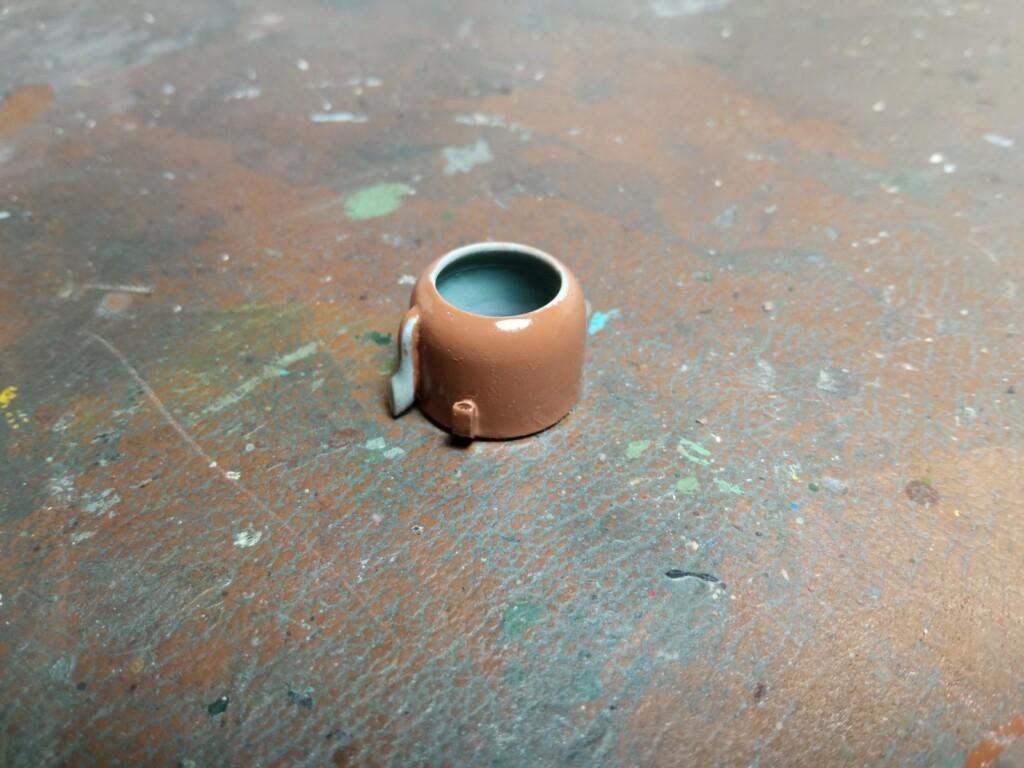
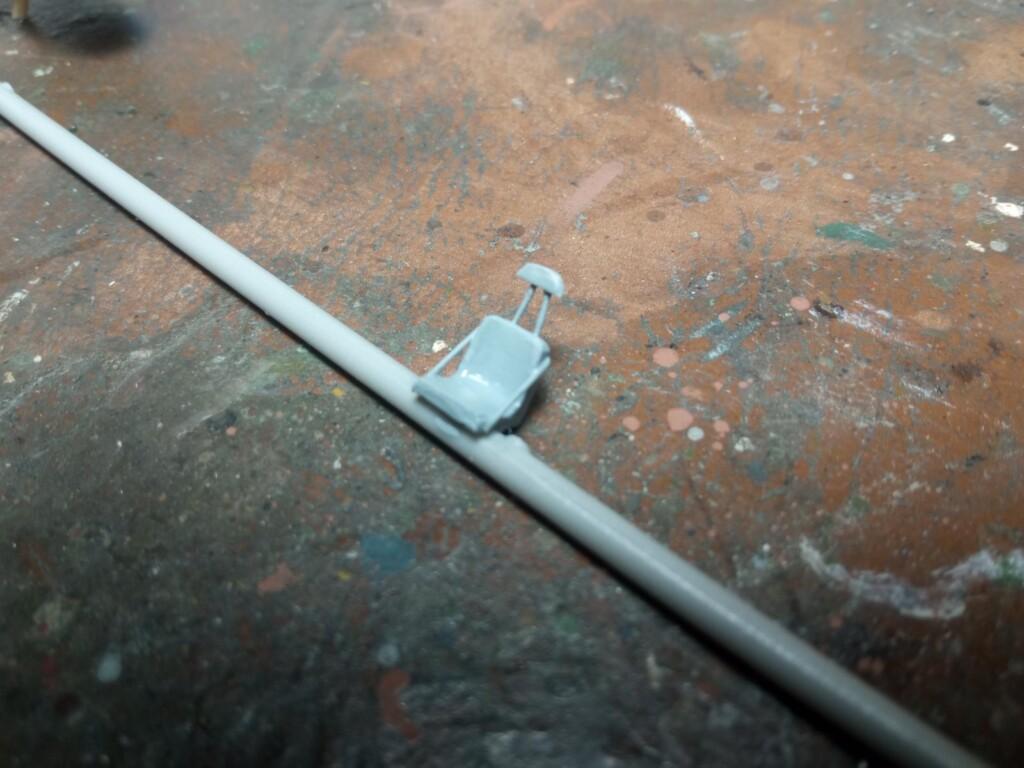
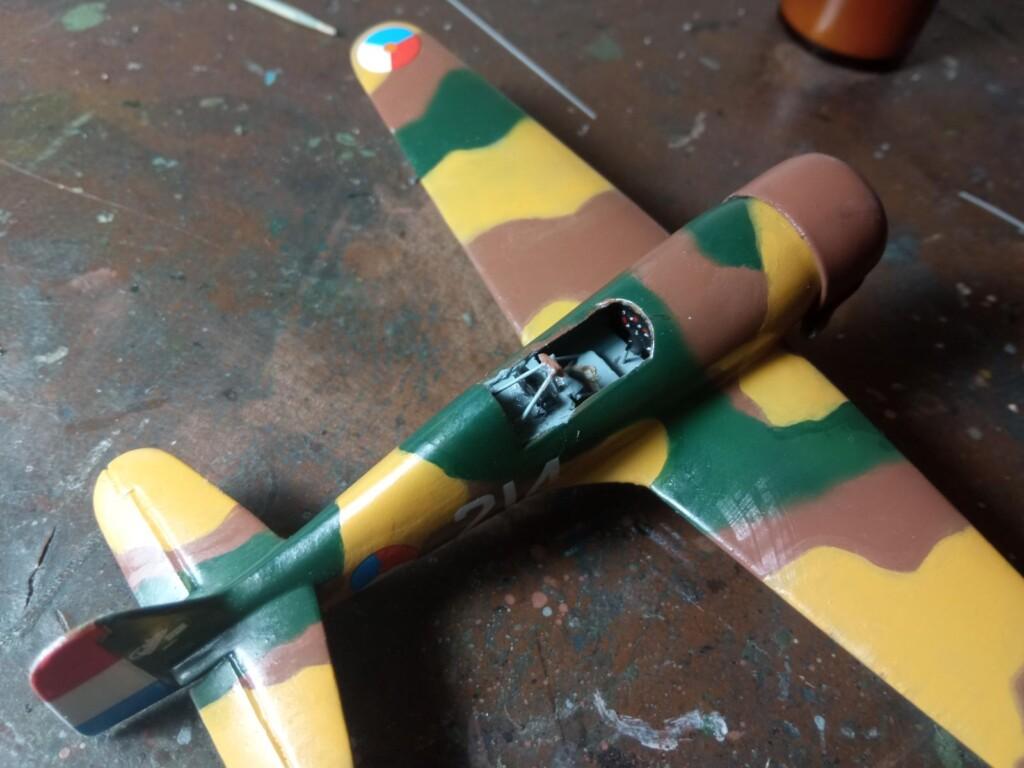
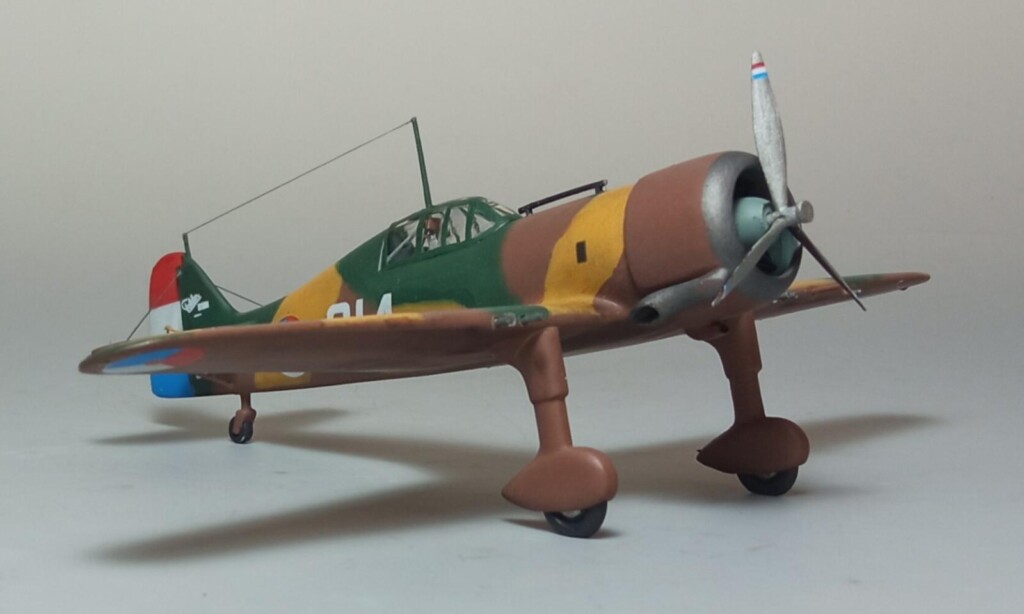
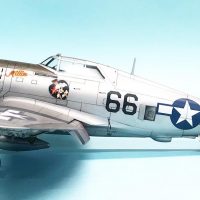
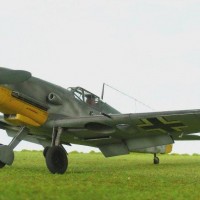
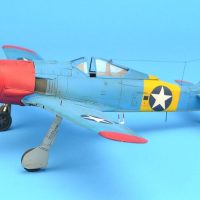
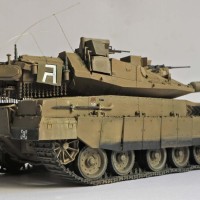
Hi Spiros
I read the MM review. It is a very nice build and a very good article. The model itself is excellent and the research is really interesting. The D.XXI is on my list but I'll probably do a Special Hobby example.
Christopher
Thanks so much my friend @christopher!
Yes, I think the Special Hobby is a good choice, if I recall it is not extremely easy to find nowadays, but maybe SH will reissue it per their usual trend.
Very nice build with an interesting camouflage scheme, Spiros @fiveten! The colors are really beautiful!
Thanks my friend @fxrob!
An informative and interesting write-up, Spiros, and, as always, a very neatly finished model. A very nice gift from @johnb.
Thanks my friend @chinesegeorge!
Very nice build Spiros!
Thanks my friend @blackmopane!
Now there's one spiffy looking bird. Nice job, Spiros! @fiveten
Thanks my friend @gwskat!
The Dutch had a colourful three tone camo.Turned out nicely, regarding the kit.
Guess it is the same "fun" as the 1/48 Classic Airframes/Special Hobby ones.
Thanks so much, my friend @grimreaper! Indeed, what an interesting, beautiful camo! Its actual shades are under some debate, so I do not claim any accuracy. The kit itself needed a good amount of scratch building at the cockpit mainly, but also needed a scratch built exhaust. Fit of parts was positive, though, and this was motivating to proceed.
Another good-looking build, Spiros! And another unusual subject (you seem to have a knack for the "unusual")!
Thanks a lot, my friend @gkittinger! Yes, admittedly I have a soft spot on unusual subjects.
Good effort on a very crude kit Spiros @fiveten
Always wondered why that brown underside was considered an effective camouflage against the grey or blue skies….
On the other the upper camouflage is most interesting and appealing to replicate, and I think you got that quite nicely
Thanks my friend @holzhamer! A most unusual camo indeed! Interestingly, light beige was typically attributed to the upper lighter shade, but the example at Soesterberg Museum exhibits something closed to "sand" at the same areas.
The lower brown color has also been questioned, but not that much
Got to love those colors on your Fokker, Spiros @fiveten. Well done as usual and your write up top notch as well.
Thanks my friend @eb801!
You did an amazing job on this spartanic kit, Spiros @fiveten
My aplogies for this simplistic gift, but I'm glad to see that you turned this one into a beautiful detailed D.XXI
The painting is really perfect. The colors do look exactly right.
Your build definitely deserved this very nicely written article.
I should absolutely get going with your gift, hopefully after finishing the bathroom rebuild.
Thanks so much my friend @johnb! It was a nice kit that I enjoyed building it a lot. An awesome gift!
Nice work on that camouflage pattern, Spiros! It looks really great.
Thanks my friend @jdtruby!
Great work on a kit that has some challenges to overcome, Spiros (@fiveten). The kit looks really nice, and the unusual camo really adds to the overall appearance of the model. It was great to follow your WIP.
Thanks so much, my friend @gblair!
Nicely done in bright colours Spiros.
Thanks my friend @kalamazoo!
Very Unusual and great painting!
Thanks my friend @lis!
Excellent result, Spiros!
Thanks my friend @j-healy!
Excellent build, looks just right. The DXXI is one of my favorites, I've done several versions in 1:48.
Thanks my friend @chasbunch!